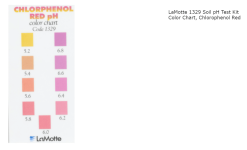- Mar 20, 2023
- 219
- Pool Size
- 30000
- Surface
- Vinyl
- Chlorine
- Salt Water Generator
- SWG Type
- CircuPool Universal40
I keep seeing how we cannot reliably trust the PH drop test when chlorine is over 10 ppm.
But, that is close to where I kept my chlorine most of last year due to CYA levels (I slightly overshot it at the beginning of the season).
So, the question is, does CYA not affect this number? And/or does that number take into account generally recommended CYA levels around here?
But, that is close to where I kept my chlorine most of last year due to CYA levels (I slightly overshot it at the beginning of the season).
So, the question is, does CYA not affect this number? And/or does that number take into account generally recommended CYA levels around here?



